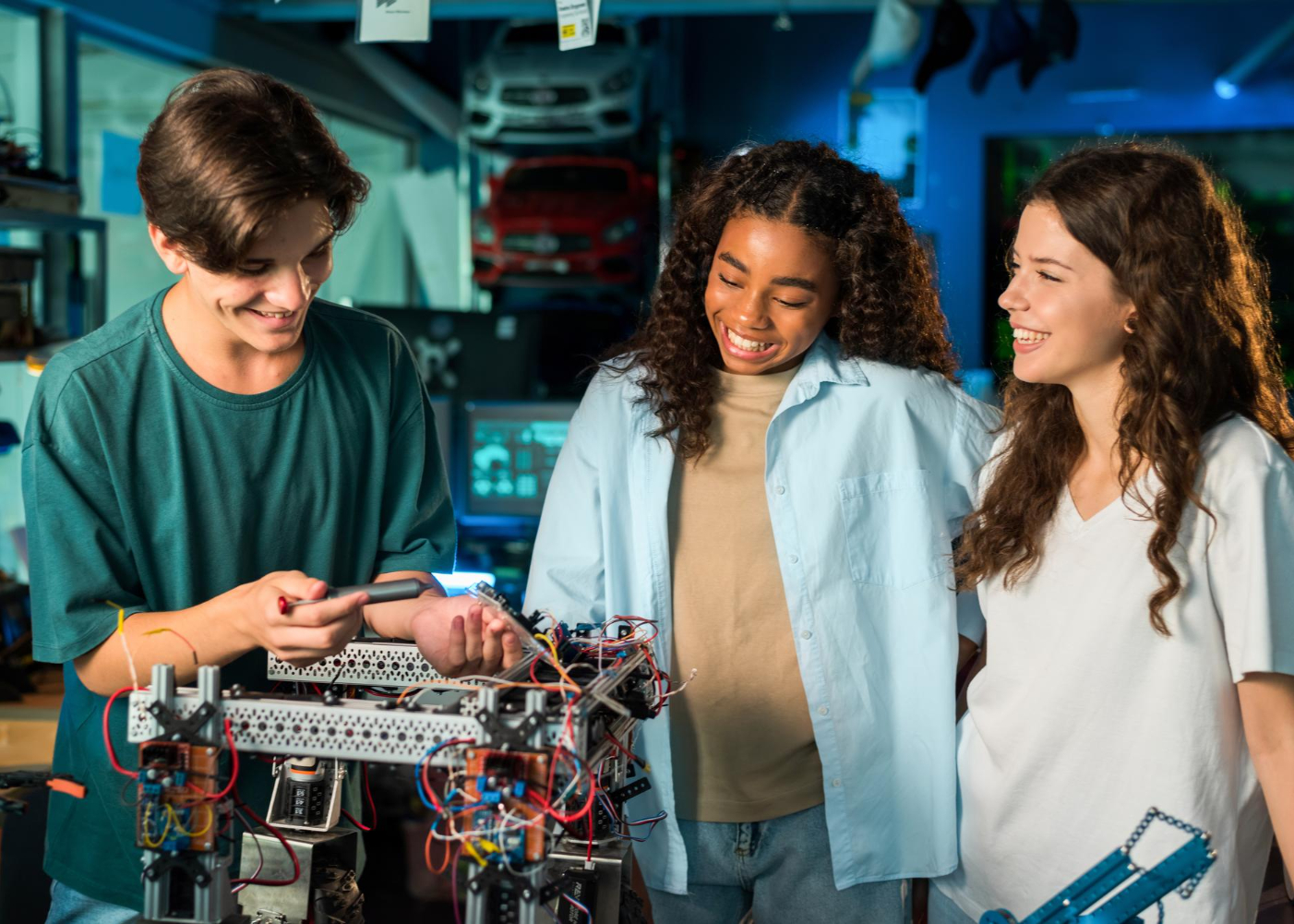
More and more schools are investing in mobile devices or motivating learners to bring their own devices, for digital making engages students and gives them the chance of using technology for pedagogical aims. An activity that integrates the physical with the virtual would be asking students to create QR codes aimed at providing more web-based information about something physical. For example, a teacher might ask students to make a QR code and place it next to an object or picture. When scanned by a smartphone, the code would trigger a link to a YouTube video of the student telling a story or to a website with additional information about the place.
What we’ve noticed with this strong move toward technology is a countermovement to reground student learning and engage hands and bodies as well as minds. The maker movement advocates for making things and designing things, and the ideas behind the movement resonate well with many educators who believe in hands-on learning. However, all the possibilities could sound interesting for extra-curricular programs and be easily dismissed for Foreign Language classrooms environment.
Teachers are usually worried about schedules and all the content they need to teach, so it’s always a bless to see the work of educators who take their time to plan activities in which students are given the luxury of time to make something together. Teacher Selma Bilbato got creative and gave a twist to her lesson about locations and directions. From there to integrating the physical with the virtual all it takes is a simple step. Imagine taking pictures of the map for a game with tinytap, for example. 100% student-centered activities that signal if the teacher is ready to engage students bodies and brains.
Sarah - Maker, 30/Jul/2024